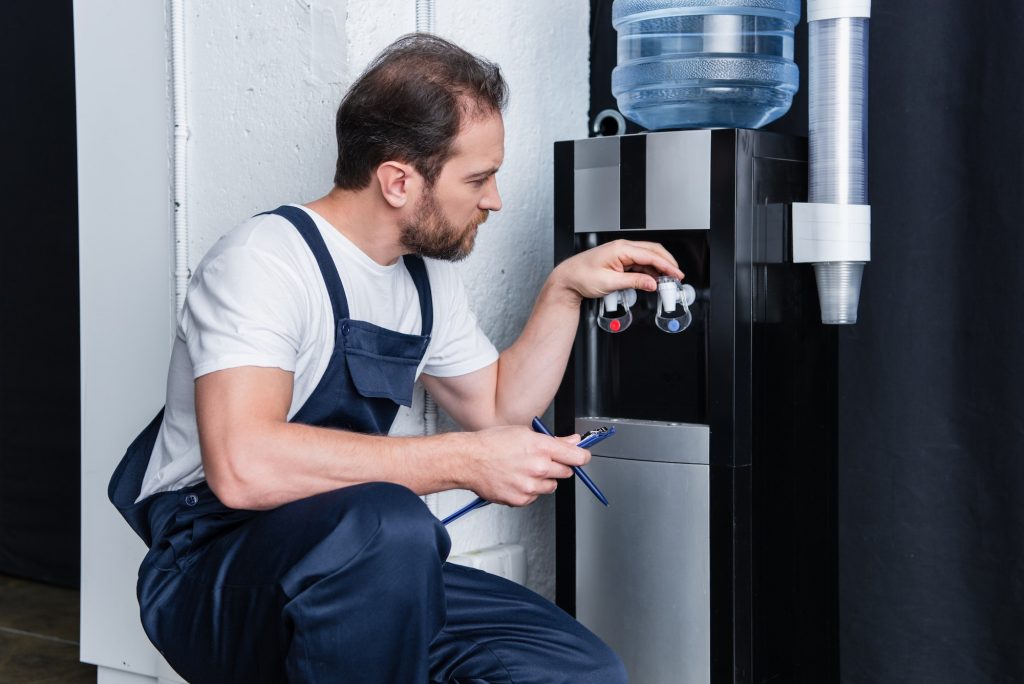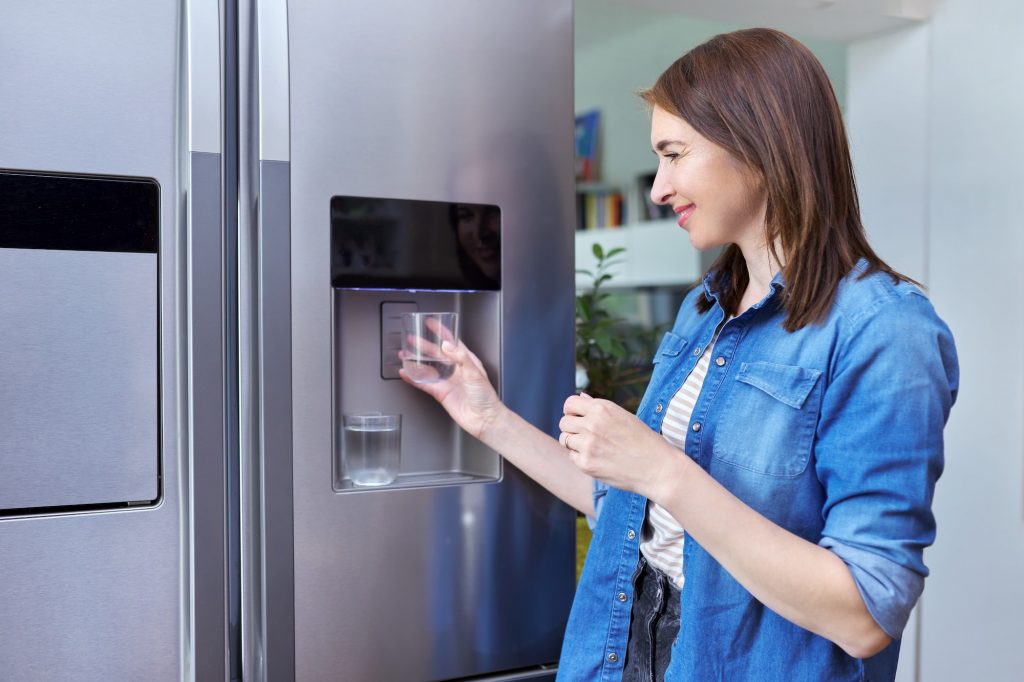What Are the Different Types of Water Filtration Systems?

When it comes to home water filtration systems, there are many different types. In this article, we will cover Reverse osmosis, activated carbon, Point of entry (POE), and Greensand. These systems have distinct benefits and disadvantages.
Reverse osmosis
If you want to protect your family from bacteria, viruses, and other contaminants in your water, reverse osmosis water filtration systems are an excellent choice. These systems work with untreated well water or even city water. They can be installed in many homes and apartments and are cost effective for both residential and commercial use.
There are several types of RO systems, and each one offers a different level of purification. Different models are designed to remove different contaminants and make the water suitable for drinking. There are also tankless systems, which use no storage tanks. Typically, reverse osmosis systems produce up to 50 gallons of purified water per day.
Activated carbon
Activated carbon water filtration systems are an effective method for removing chlorine and other contaminants from water. They also remove bad tastes and odors. Activated carbon filters are great for city water and well water. A standard activated carbon filtration system has all of the necessary components for chlorine and taste removal, including a backwashable control valve, mineral tank, by-pass valve, and fill funnel.
There are two primary types of activated carbon water filter systems: point-of-entry (PoE) and point-of-use (PoU). A point-of-entry water filtration system treats water that is coming into the house or being used in a particular area. Both types of filters work by removing contaminants through two main mechanisms: adsorption and a catalytic reduction process. The higher the molecular weight of a contaminant, the more efficient the activated carbon filter is.
Greensand
When using a Greensand water filtration system, it is important to know the proper pH range for the media. A typical pH range is 6.2 to 8.5. Raw water with a pH below that range can damage the media. A water softening agent, such as potassium permanganate, can be used to regenerate the media.
Greensand filters come in several sizes and configurations. Some have a single tank and operate independently, while others have multiple tanks. They may have valve controllers, diaphragm valves, or digital controllers. Larger units typically feature electric butterfly valves and PLC systems.
A Greensand water filter can remove a variety of contaminants, including manganese, arsenic, and radium. It can also remove odors. Unlike other water filters, a Greensand water filter uses a naturally mined media to remove contaminants from water.
Point of entry (POE)
Point of entry (POE) water filter system is a water purification system used to filter the water entering a building. It removes several contaminants, including lead, chlorine, iron, and hardness. These systems are installed inside the building and should be installed where the main water line enters the building. In most cases, these systems require a standard electrical outlet for power. It is best to consult with the owner to determine the best installation location. Common locations are utility rooms, basements, and crawl spaces.
These systems must be regularly maintained. Depending on the type of system, they may need to be cleaned or replaced. Point-of-entry systems can remove organic and inorganic contaminants, as well as particulate matter and microorganisms. Some systems can also eliminate viruses and bacteria. The frequency of cleaning and maintenance will depend on the system’s capacity and the cost of operation.
Distillation
Distillation is a type of water filtration system that removes contaminants from water by mimicking nature’s purification process. The result is exceptionally pure water. This system is ideal for people with compromised immune systems. It works by boiling water to a high boiling point and then condensing the water back into liquid form.
The process of distillation can also remove heavy metals from water, such as lead and mercury. It can also remove volatile chemicals found in cleaning fluid. It also removes nitrates, which are harmful to the body when converted to nitrite, a type of gas. Nitrates are particularly dangerous to infants. When the water is distilled, it loses the dissolved solids and bacteria that are present in it.
Distillation leaves water with a flat taste, lacking many of the nutrients and minerals found in natural water. The process is expensive, and it consumes a lot of energy. In addition to the cost, distillation is inefficient and may have unintended consequences, such as disrupting the local ecosystem. A home water filtering system is much more cost-efficient and produces clean water.






